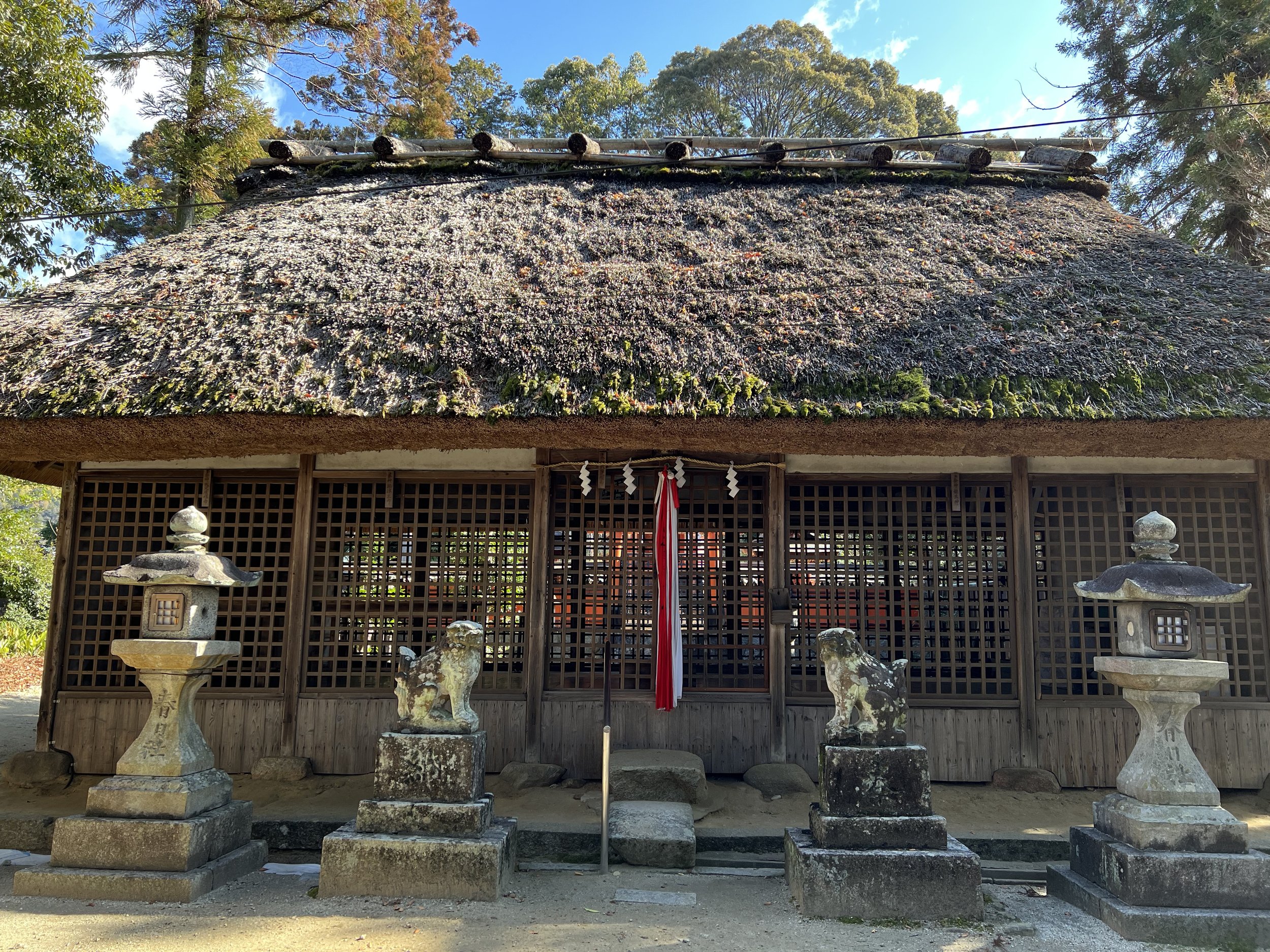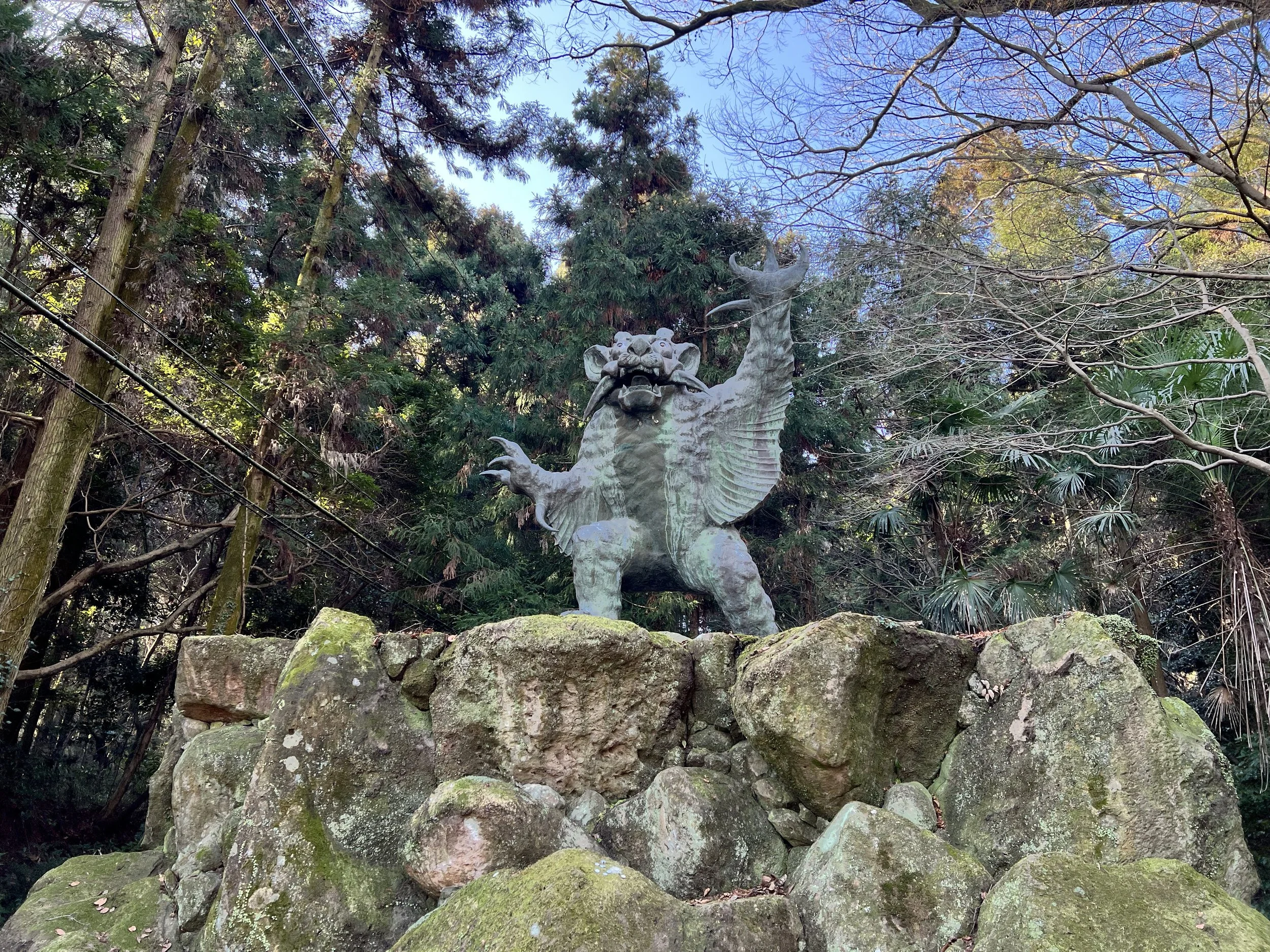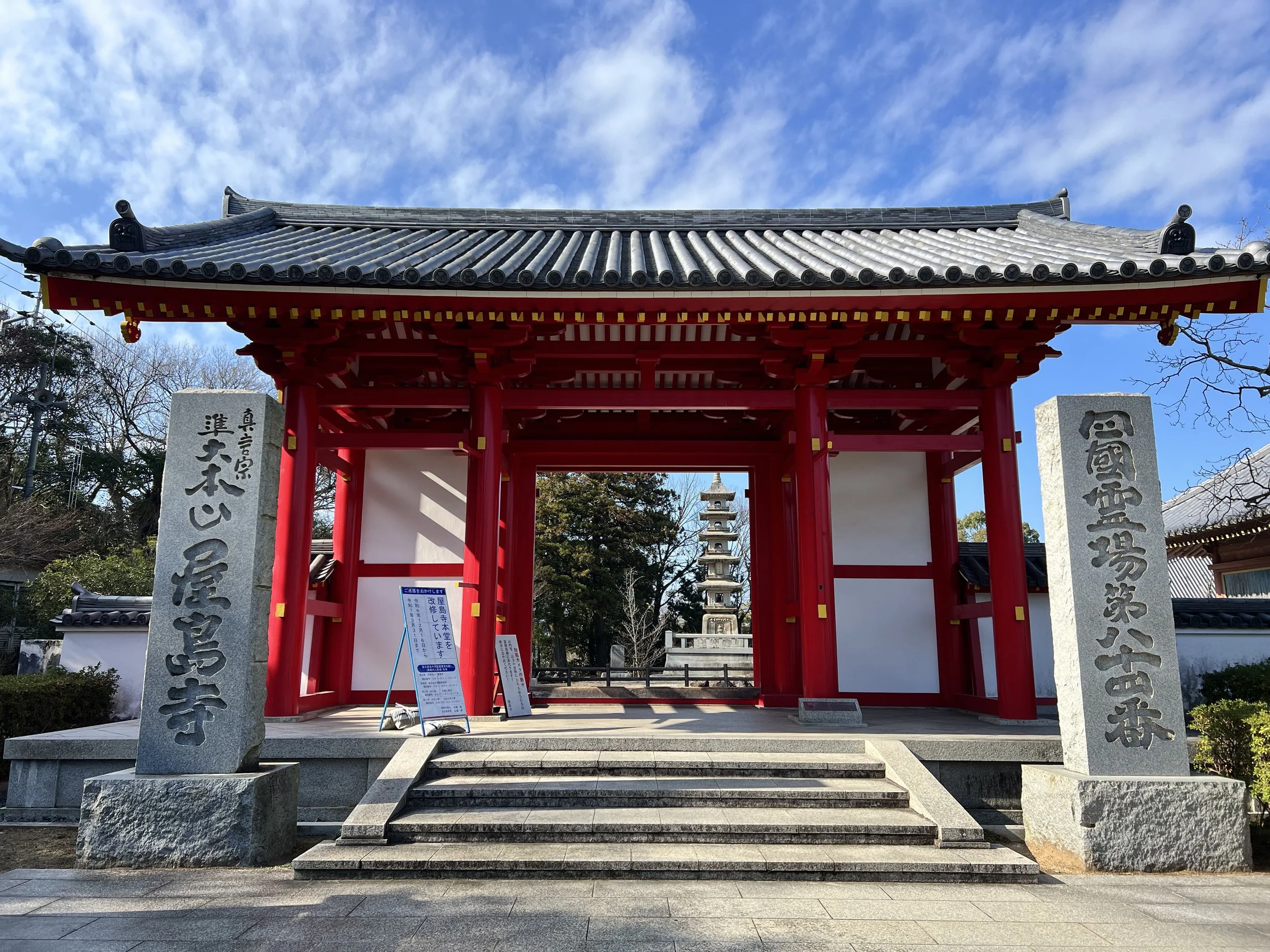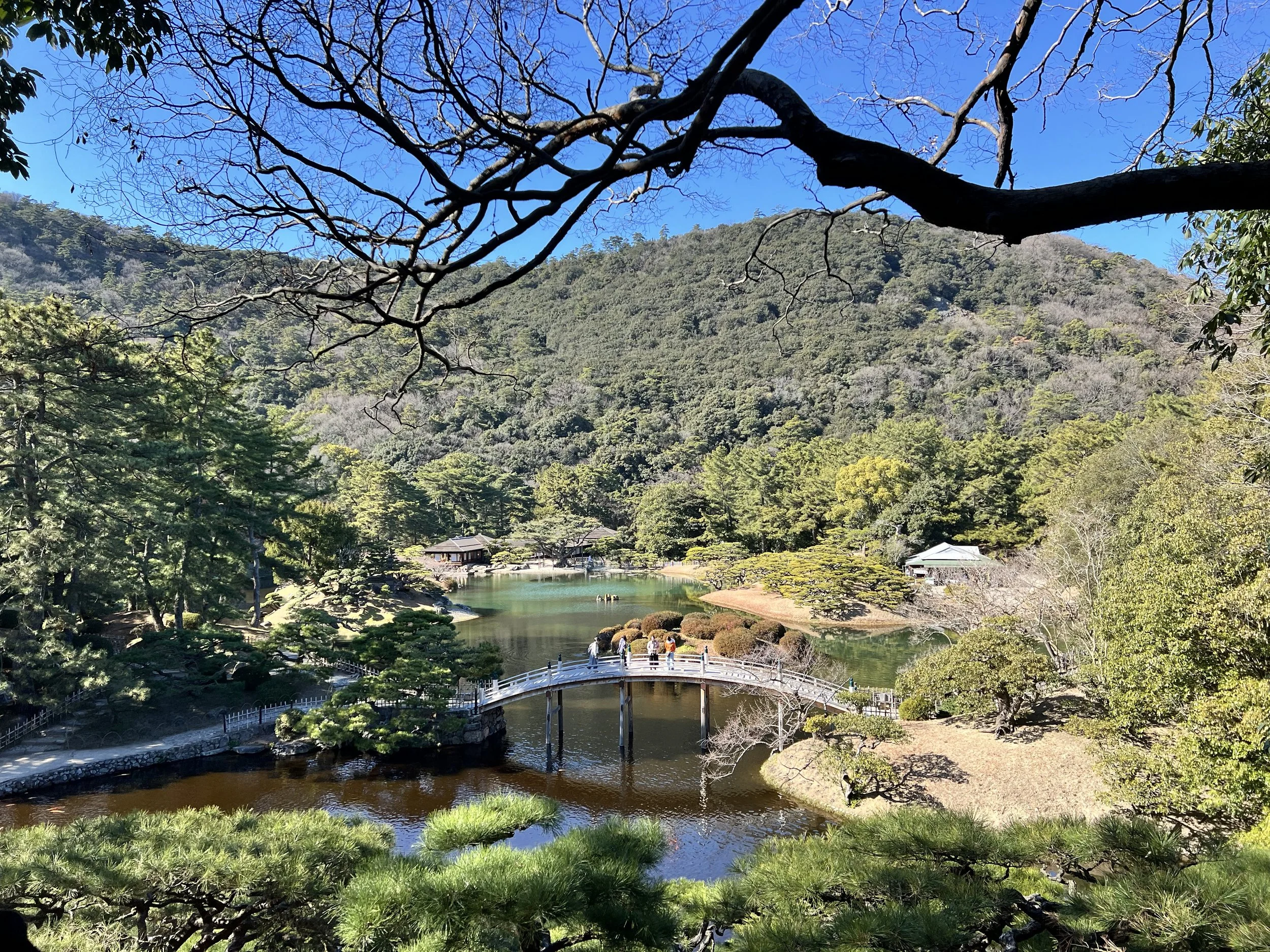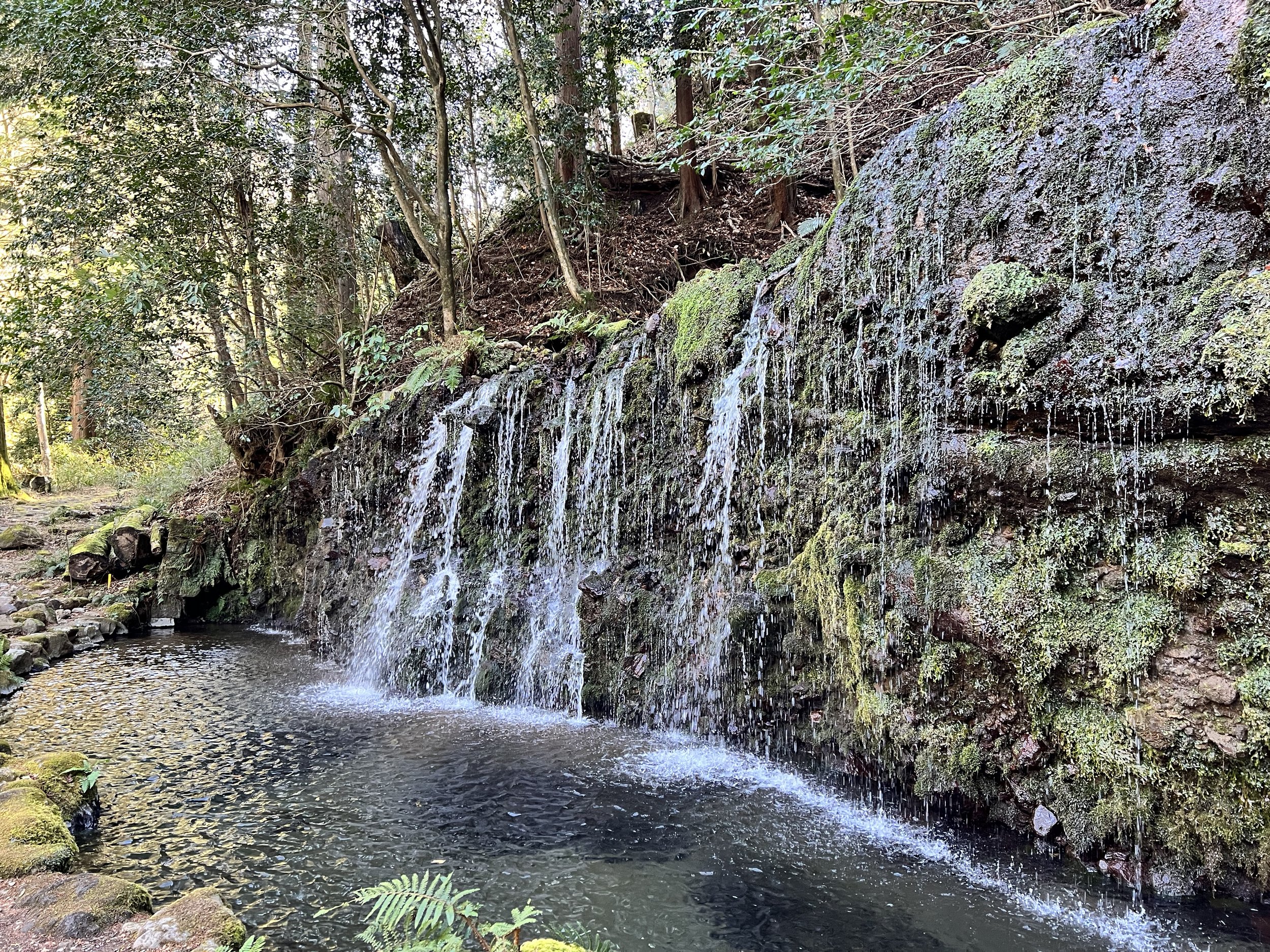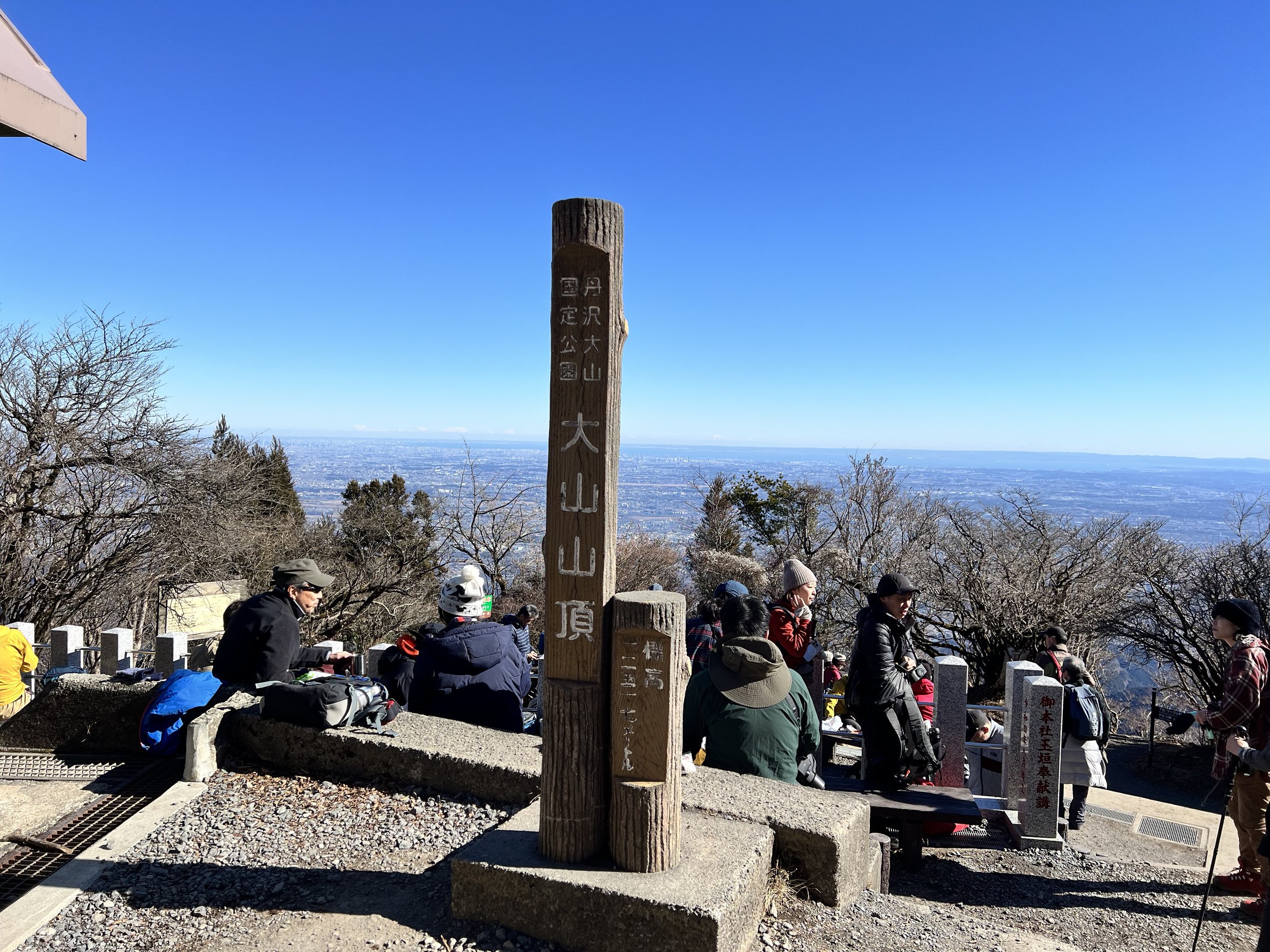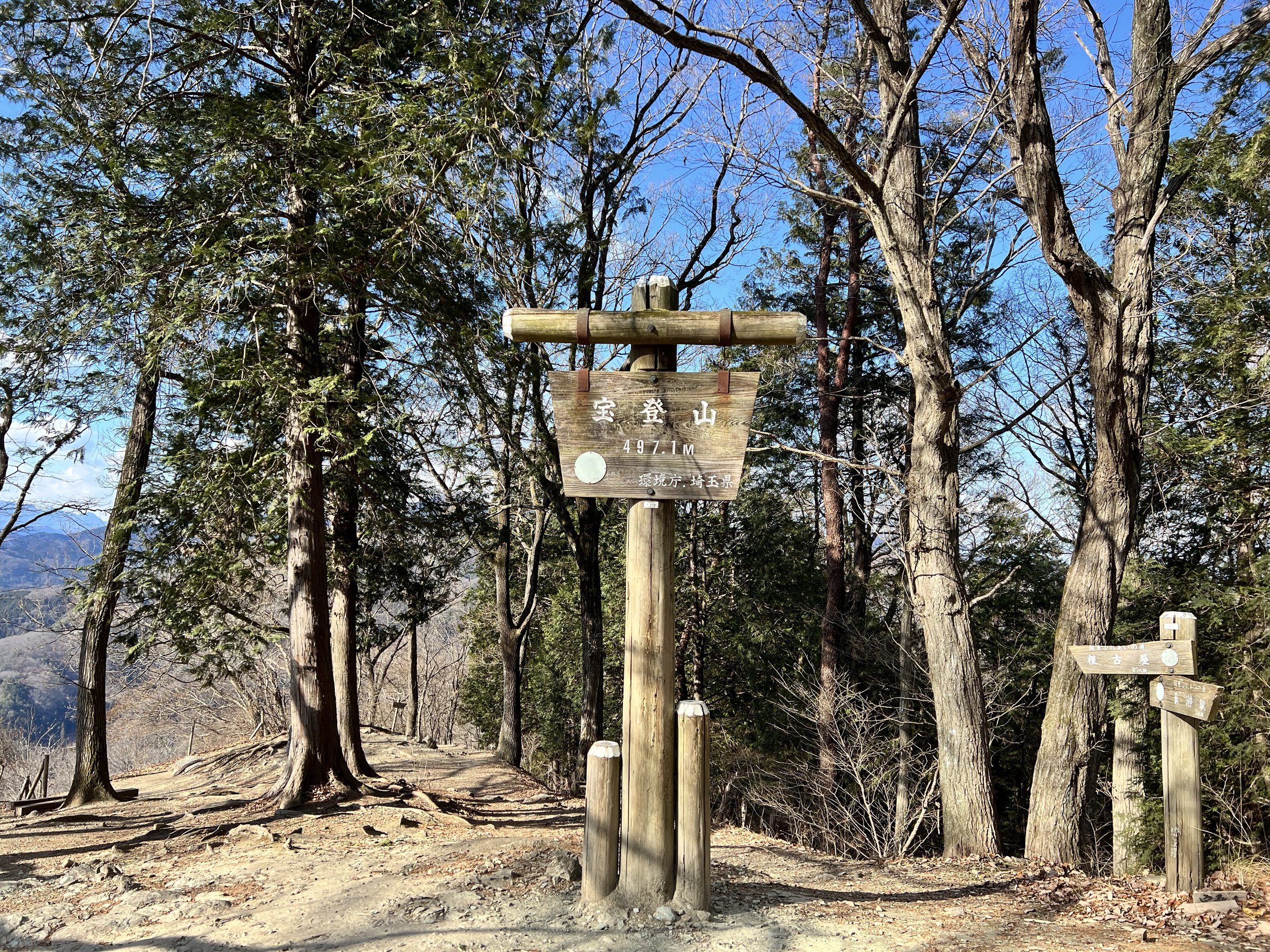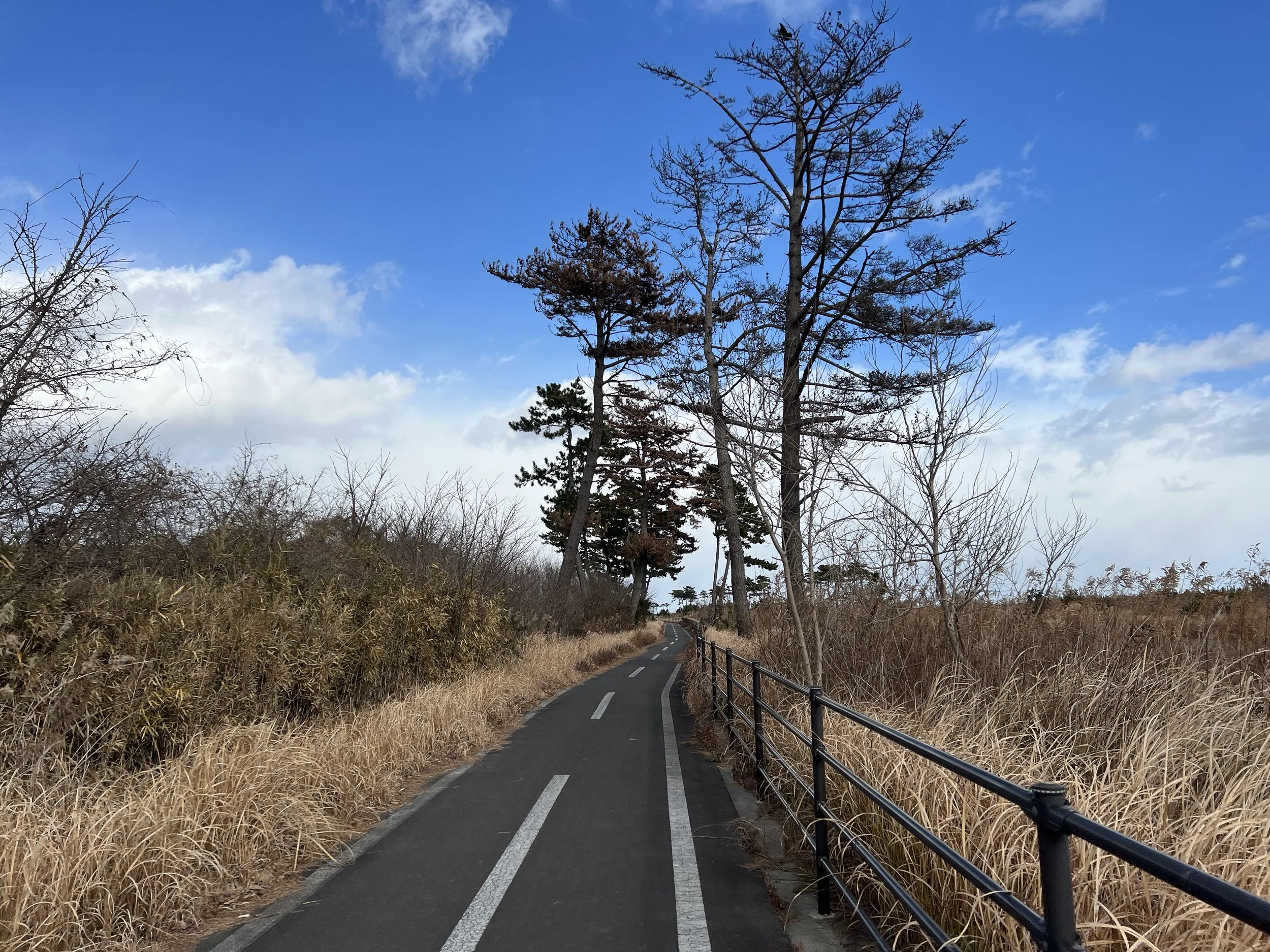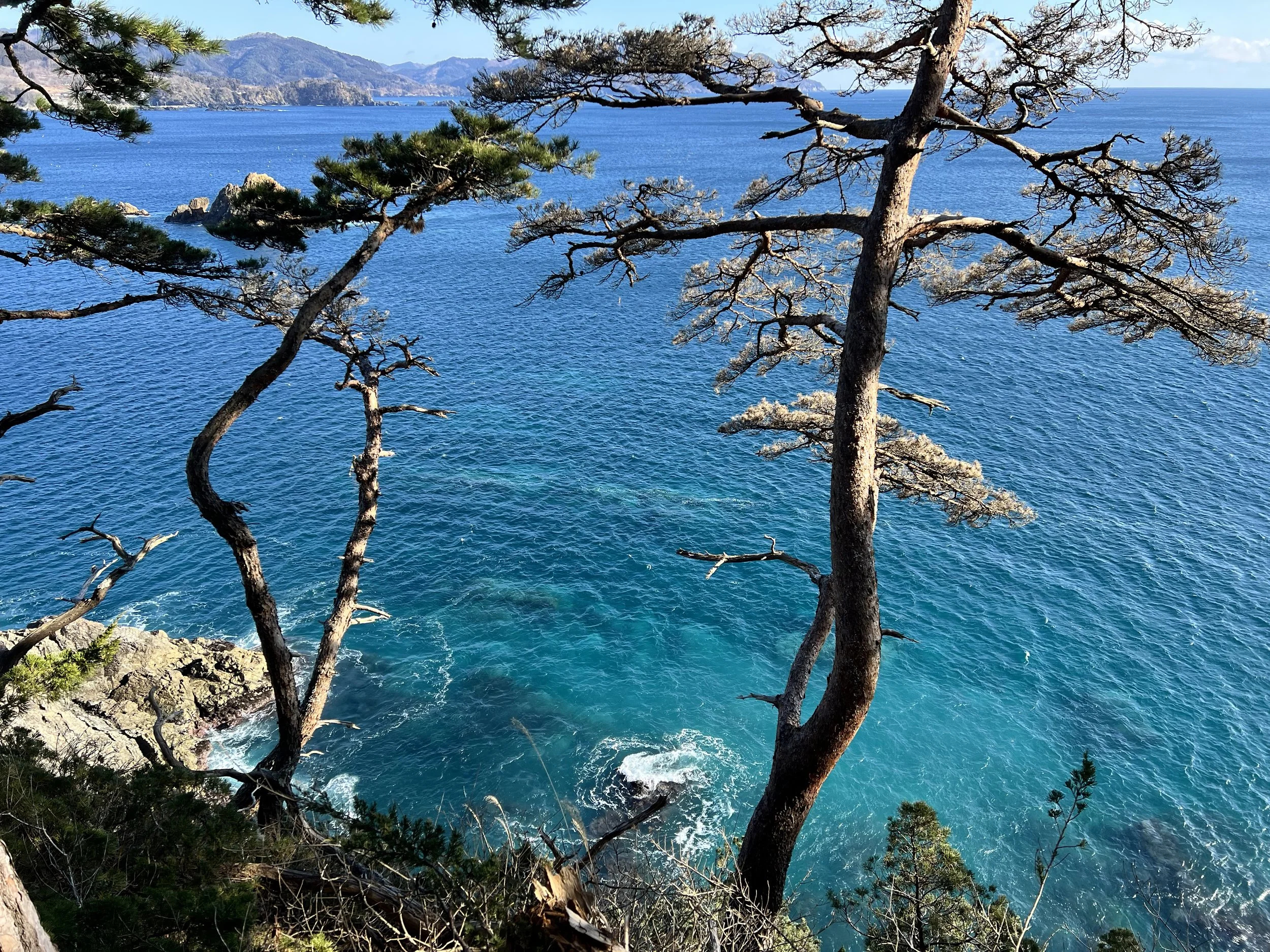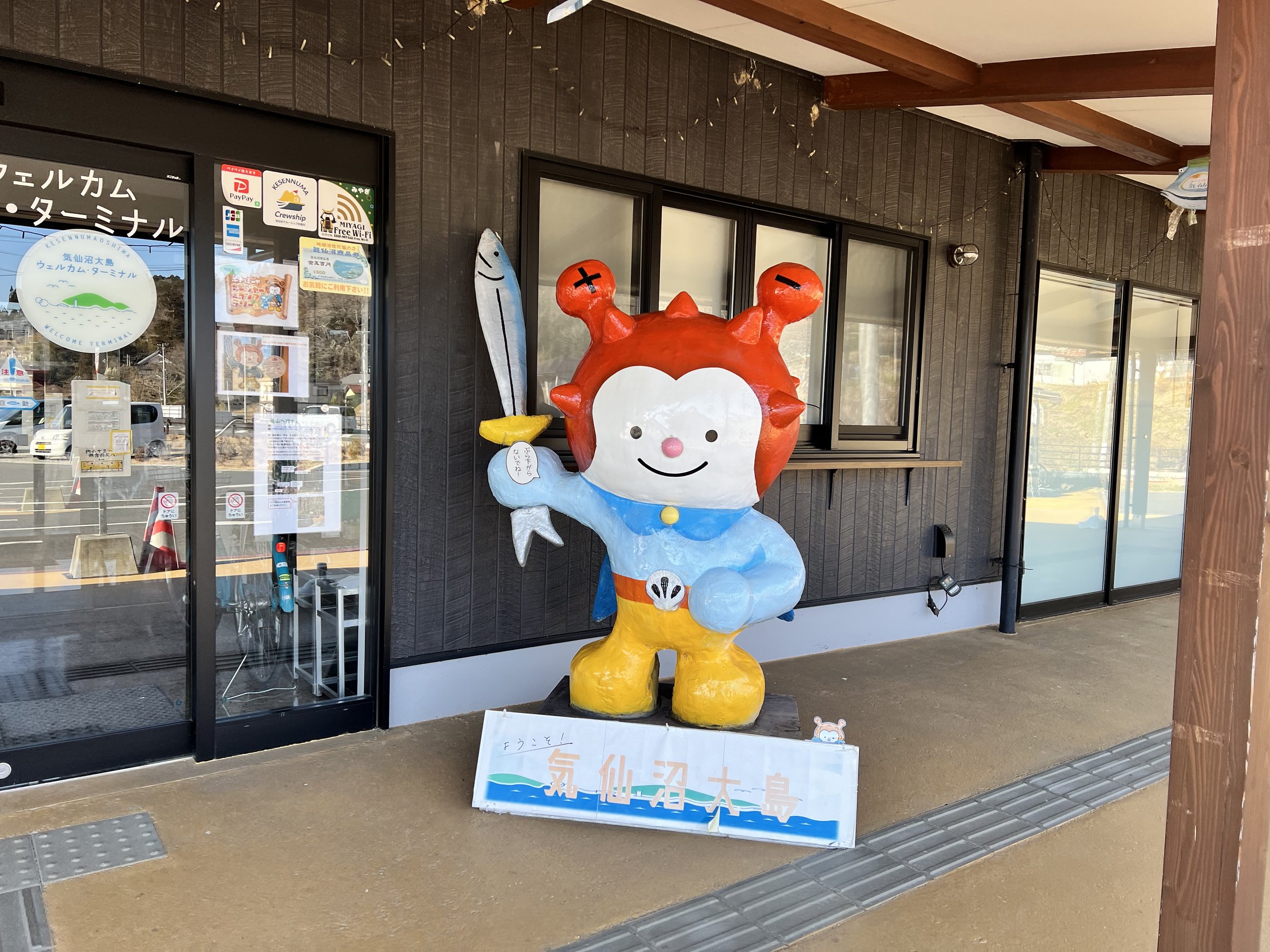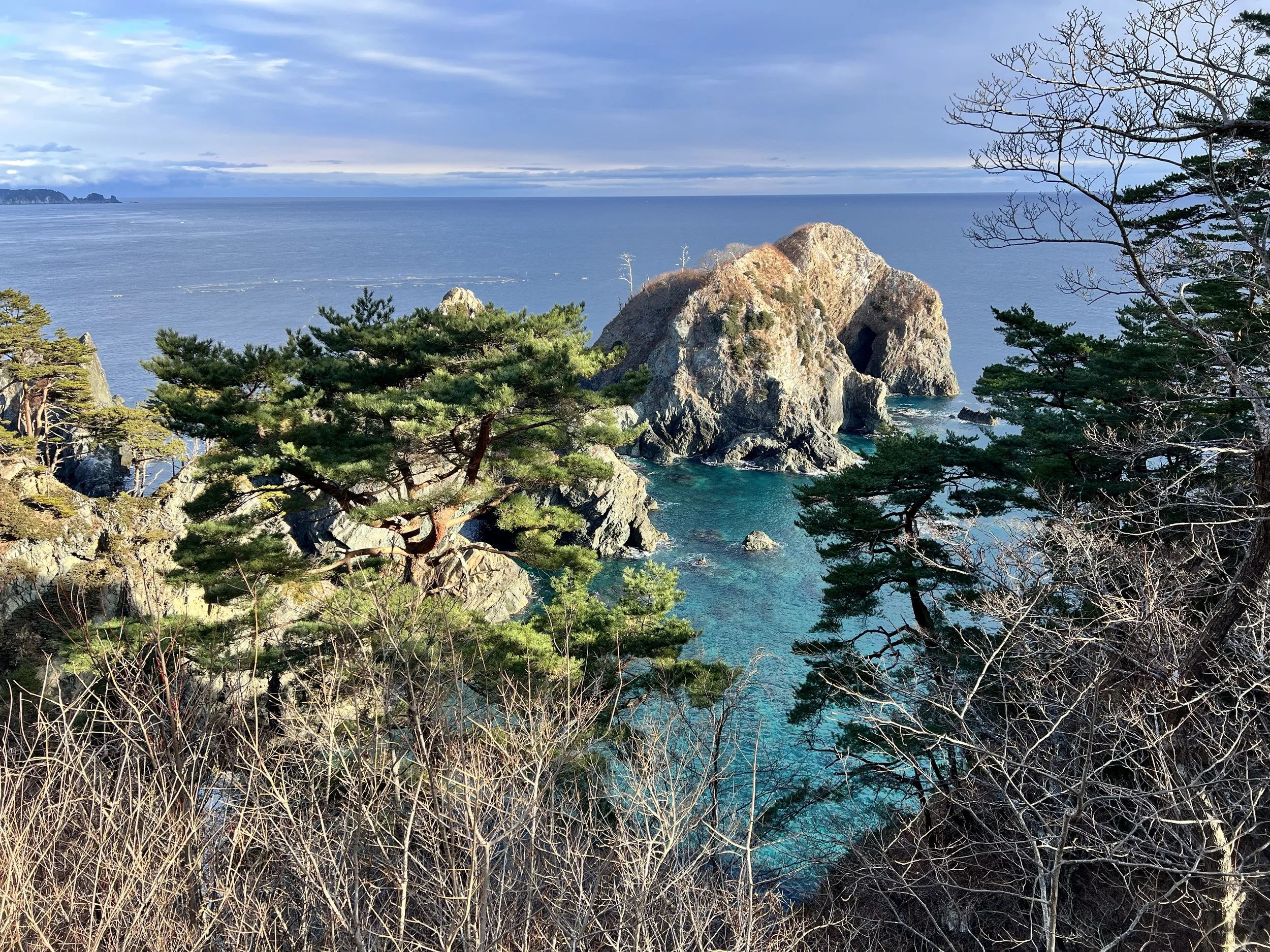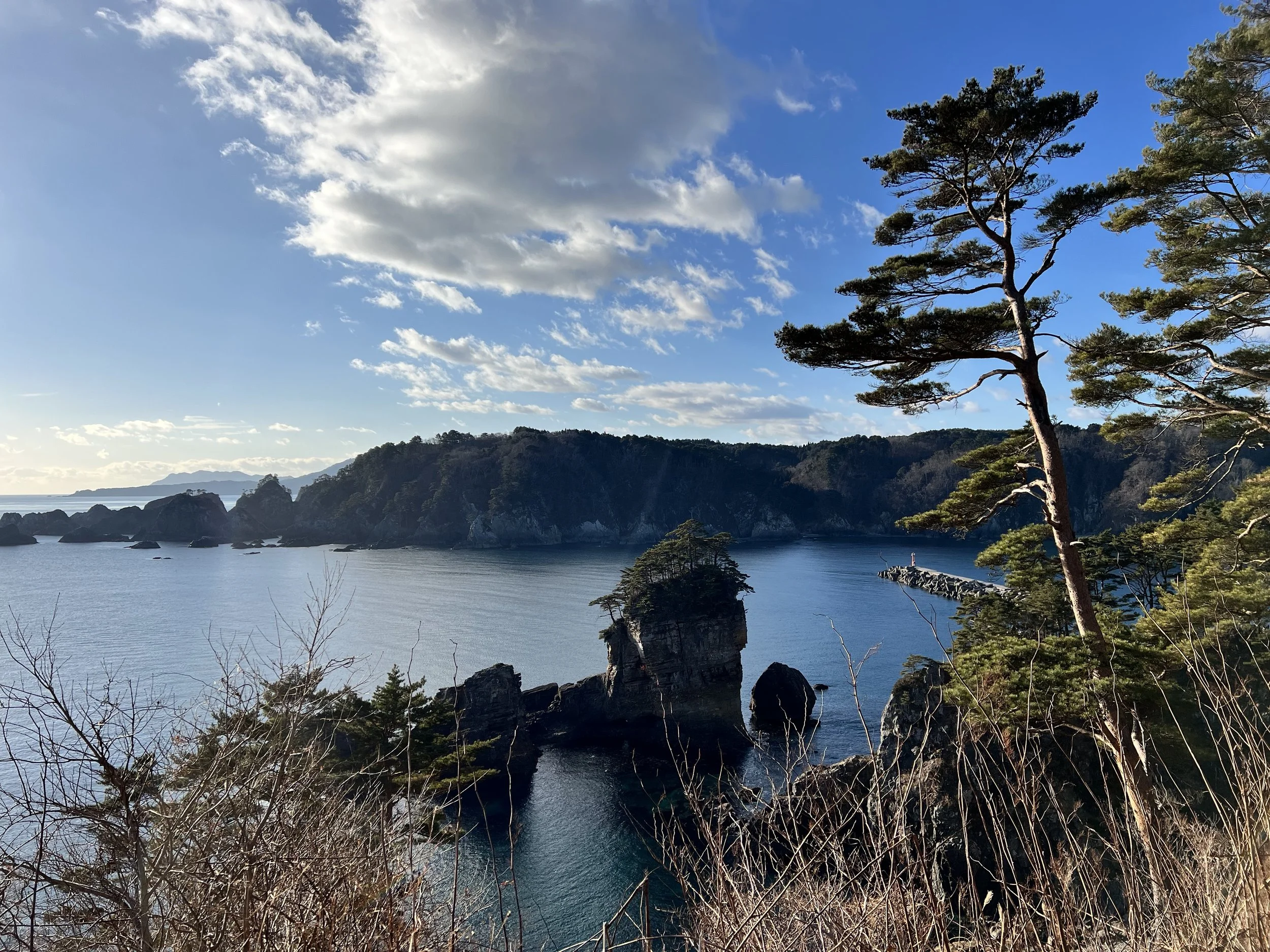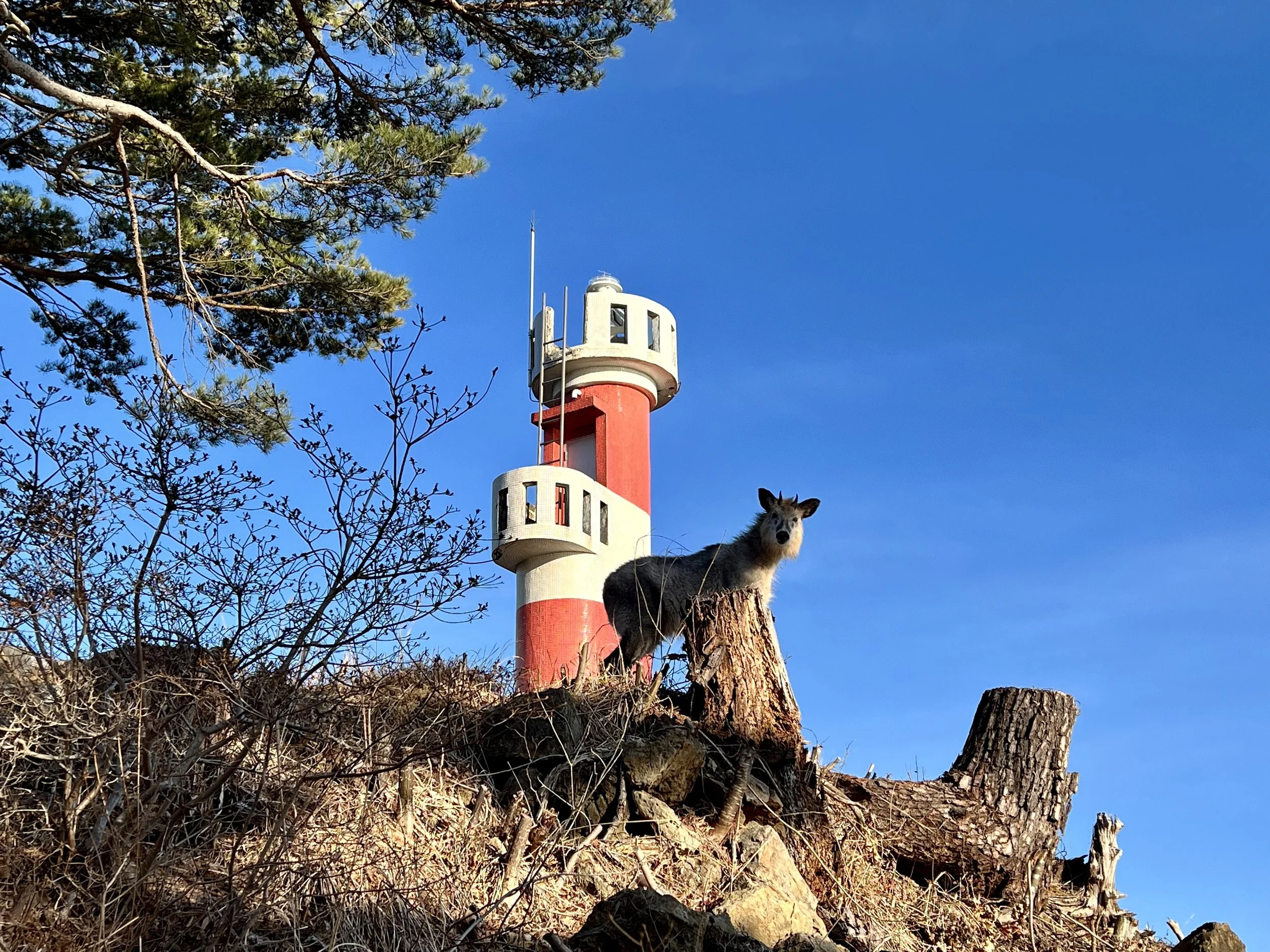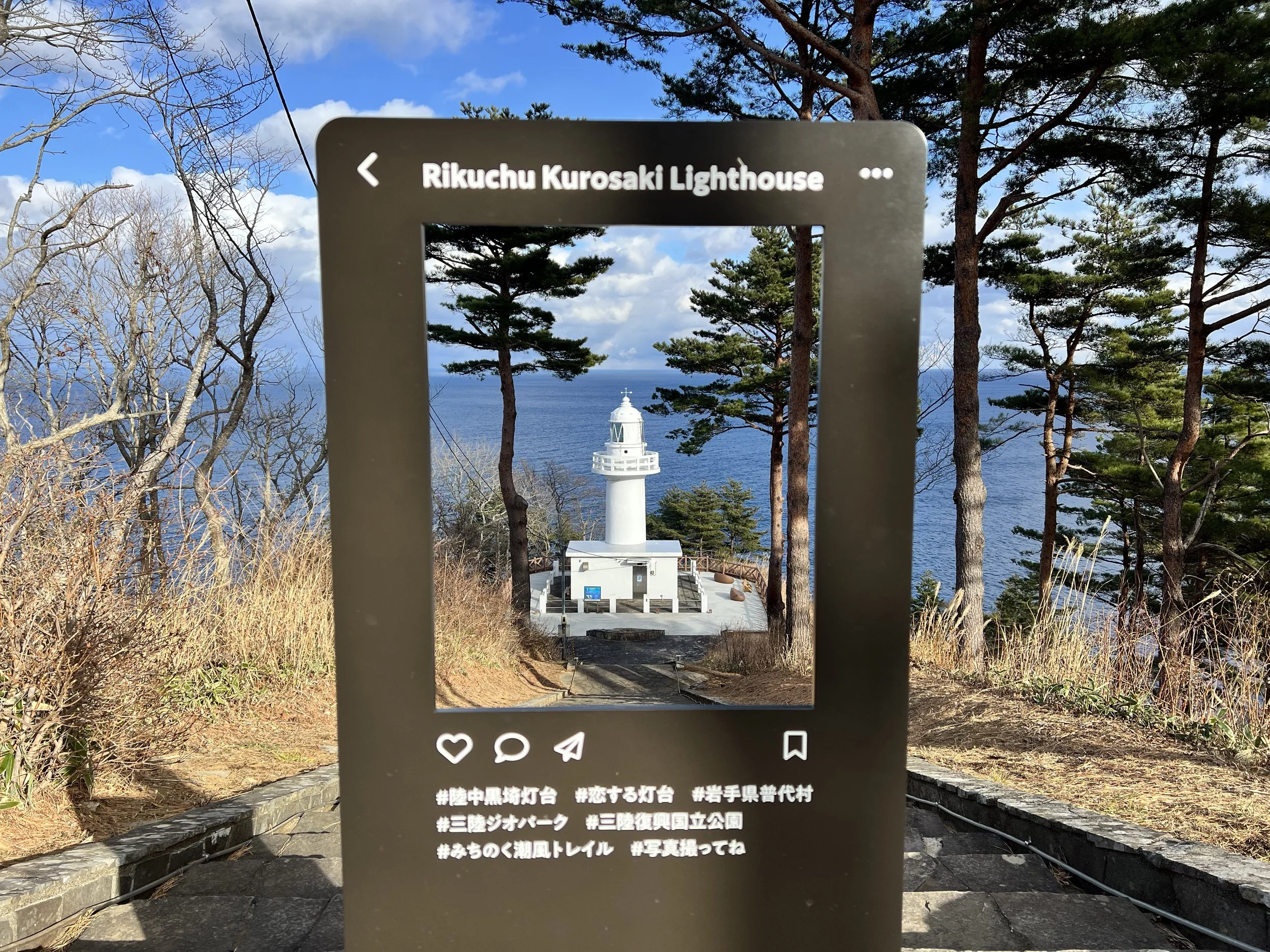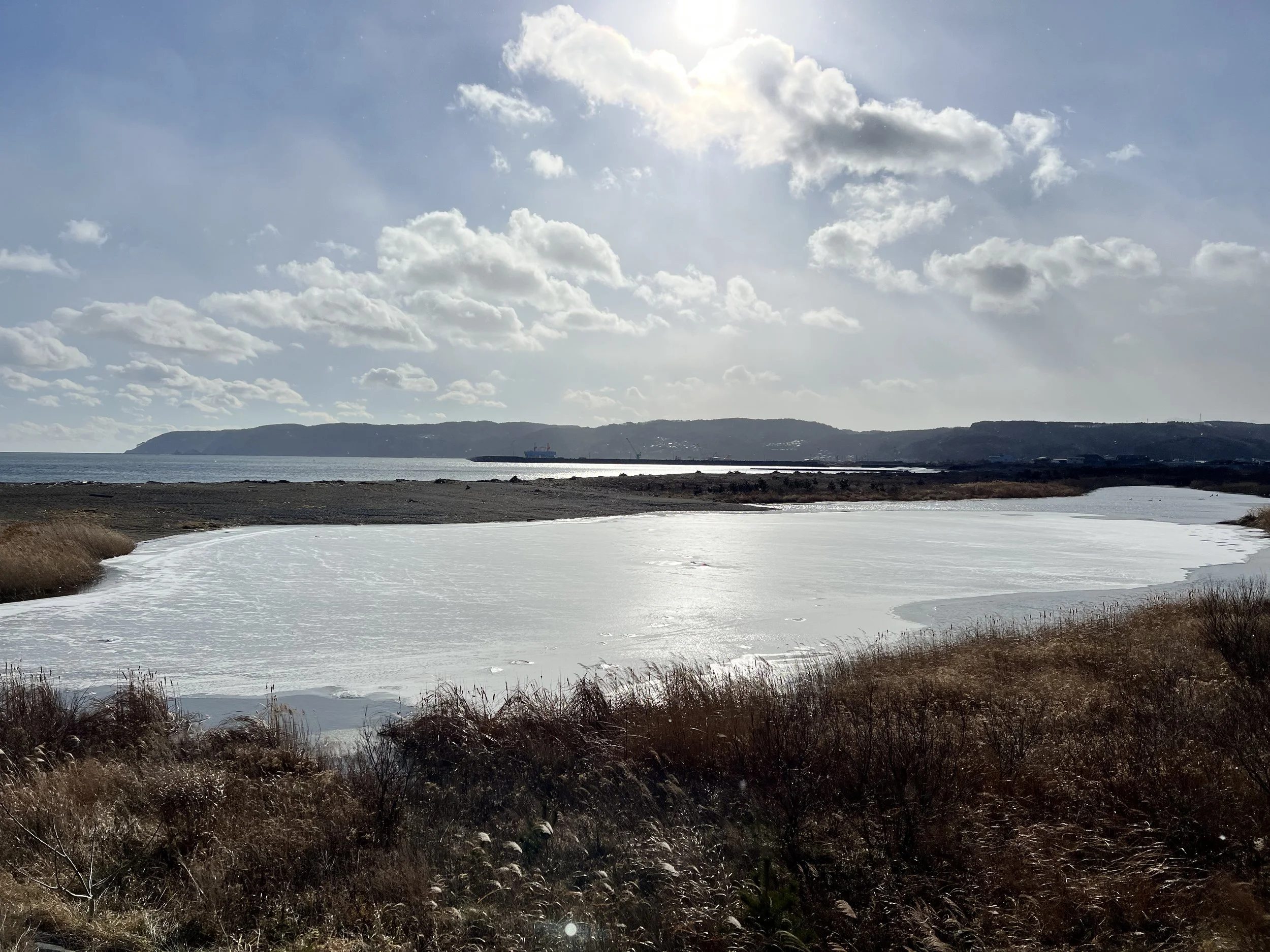Yamanobe no Michi - Nara, Japan
While planning my trip to Nara, I came across the Yamanobe no Michi Trail (山辺の道)—said to be Japan’s oldest recorded road. The idea of walking a path that’s been used for over a thousand years was too fascinating to pass up.
The trail winds gently through the foothills east of Nara, passing quiet villages, shrines, and ancient temples. It’s peaceful, easy to follow, and offers a glimpse of rural life far from the city’s bustle. Along the way, I found unmanned farm stands selling fruits and homemade pickles—payment left in a simple honesty box, a lovely reflection of countryside warmth.
By the end of the walk, I realized the Yamanobe no Michi isn’t just a hiking trail—it’s a journey through Japan’s living history, where nature, tradition, and everyday life intertwine beautifully.
Wakakusa Yamayaki - Nara, Japan
By chance, I visited Nara during the Wakakusa Yamayaki Festival, an annual event where Mount Wakakusa is set on fire in a centuries-old tradition. From temple rituals and fireworks to the glowing hillside, it was an unforgettable night — a fiery spectacle that felt truly once in a lifetime.
Shikoku Henro - Konzoji Station to Mino Station - Kagawa, Japan
I planned to start hiking at 8 a.m., but by the time I reached Konzoji it was already 9:15. After visiting the first few temples—Konzoji, Zentsuji, and Koyama—the real challenge began: a steep mountain trail crossing five peaks. The narrow, sandy paths tested my footing, and some sections had me crawling on all fours with chains to hold onto.
Reaching Mt. Gahaishi (481m) was a huge relief, but the descent remained tough. Along the way, I visited Shusshakaji, perched right on a cliff, where an older hiker generously shared chocolate and stories from over 50 years on this trail—an inspiring moment.
The final temples, Mandara and Iyadaniji, pushed my endurance even further, with Iyadaniji’s 500+ steps warning me of the difficulty. Surprisingly, I made it to the top without too much trouble and completed the hike at the train station, exhausted but elated. Today was far harder than I expected, but finishing it made it unforgettable.
Shikoku Henro - Kinashi Station to Yasoba Station - Kagawa, Japan
I felt much better today thanks to the cooler weather. I took a train from Takamatsu to Kinashi Station, briefly panicking over whether IC cards would work—luckily, they did.
The route wound up a leafy mountain road, switching between trail and paved paths, leading first to Negoroji Temple, a quiet spot where I paid my respects. Halfway to Shiromine Temple, I discovered drinks left by a father in memory of his daughter—a touching gesture that kept me refreshed.
The final stretch to Tennoji Temple was tricky, with unclear signs, overgrown paths, and loose rocks, but I made it safely. With the next train approaching, I didn’t linger long, ending the day with a sense of accomplishment after a challenging but meaningful pilgrimage hike.
Shikoku Henro - Takamatsu Station to Yakuri Station - Kagawa, Japan
While in Shikoku, I decided to walk a section of the Shikoku 88 Temple Pilgrimage. Though the full route spans 1,200 km, I focused on a small stretch around Mt. Yashima (293m), where Yashima Temple sits. The climb was steeper and sandier than expected, with a few tricky spots where the trail nearly led me the wrong way.
At the top, I met another pilgrim who was surprised to see a foreigner on the route in winter and kindly offered me a bottle of green tea. I spent some time at the temple before heading toward Yakuri Station, ultimately taking the train back to Takamatsu and walking to my accommodation. A short section, but a rewarding taste of the pilgrimage.
Ritsurin Garden - Kagawa, Japan
Ritsurin Koen in Takamatsu is a stunning Edo-period garden known for its ponds, teahouses, and views of Mt. Shiun. Even in winter, its calm beauty shines through. I explored its vast grounds, collected stamps, watched koi and ducks by the pond, and ended the visit with a small souvenir and a peaceful meal nearby.
Tokushima Castle Ruins - Tokushima, Japan
Just behind Tokushima Station, the Tokushima Castle Ruins offer panoramic city views and a peaceful walk through historic grounds. I followed an unmarked trail to the hilltop, explored the ruins, and visited the Omotegoten Garden below — a National Historic Site since 1957 — before catching my train.
Mount Sengen - Kanagawa, Japan
I didn’t choose this hike for the views—I just wanted to get outside. Starting from Hakone-Yumoto Station, I made my way through forested trails to Mt. Sengen (804m), then detoured to Chisuji Falls. The waterfall’s delicate “thousand threads” of water were worth the extra climb.
From there, I hiked up to Mt. Takanosuyama (834m), then on to Hiryu Falls, where I helped a few hikers with a tricky river crossing. The descent led me along the historic Hakone Path, a cedar-lined trail with stone paving. I reached Motohakone just in time to catch the bus—five minutes to spare!
Mount Oyama - Kanagawa, Japan
It takes about two hours from Kawasaki Station to the trailhead, and I left a bit later after enjoying the free hotel breakfast. The trail started busy, packed with visitors heading to Oyama Afuri Shrine, but soon became quiet.
Steep climbs and lots of steps warmed up my legs, and I overtook slower hikers along the way. The peak tea houses were crowded, so I opted to descend toward Hinata Yakushi. The trail offered new wooden steps, muddy sections, and stunning panoramic views. I arrived with plenty of time before the next bus, skipping the extra 5 km to Yakushi Shrine to relax instead.
Mount Hodo - Saitama, Japan
Originally planning to explore shrines and the town, I added a short hike from Hodosan Shrine to Mt. Hodosan (497m). The trail was gentle, quiet, and scenic, with beautiful mountain views from the peak. I descended via the Nagatoro Alps trail, arriving at Nogami Station with five minutes to spare—plenty more trails here to explore in the future.
Michinoku Coastal Trail - Mitazono Station to Rikuzen-Takasago Station - Miyagi, Japan
From Mitazono Station, I walked through endless winter farmland to the Michinoku Trail Center, collecting my official passport. The staff’s warmth balanced the long, monotonous path, while snow and wind made the final stretch to Rikuzen-Takasago Station a test of mental toughness on the Michinoku Coastal Trail.
Michinoku Coastal Trail - Hoso-Ura Station to Otomo Station - Iwate, Japan
This section of the Michinoku Coastal Trail takes you from Hoso-Ura Station to Otomo Station, with stunning views of the Goishi Coast’s turquoise waters and dramatic rock formations. A mix of mountain paths, quiet villages, and sea breezes made it one of my favorite hiking days.
Michinoku Coastal Trail - Kesennuma Station to Oshima Island - Miyagi, Japan
On New Year’s Day, I walked from Kesennuma Station across the windy Oshima Bridge, seeing both the city’s tsunami recovery and its changing character. Strong gusts and limited holiday buses cut my hike short, but reaching Oshima Island made for a powerful start to the year.
Michinoku Coastal Trail - Ichinowatari Station to Jodogahama Beach - Iwate, Japan
Continuing from Ichinowatari, this hike followed memorials, rugged coastlines, and scenic blowholes before reaching Jodogahama Beach. With crystal-clear water and dramatic rock formations, it was the perfect way to close the year on the Michinoku Coastal Trail.
Michinoku Coastal Trail - Shintaro Station to Ichinowatari Station - Iwate, Japan
Navigating confusing signs, detours, and even scrambling up a cliff face, this section from Shintaro Station tested both patience and endurance. Passing tsunami ruins and rugged fishing ports, I ended the day short at Ichinowatari Station—humbled by how tricky the Michinoku Coastal Trail can be.
Michinoku Coastal Trail - Kurosakiso to Tanohata Station – Iwate, Japan
From Kurosakiso to Tanohata Station, this hike was packed with steep climbs, snowy cliffs, and the jaw-dropping views of Kitayamazaki Cape. Sketchy ladders, hand-dug caves, and encounters with the elusive Japanese serow made it exhausting—but one of the most rewarding days on the Michinoku Coastal Trail.
Michinoku Coastal Trail - Horinai Station to Kurosakiso - Iwate, Japan
Beginning at Horinai Station, this scenic hike passed fishing ports, tsunami sites, and hand-dug tunnels before climbing to the Kurosaki Lighthouse. Arriving early at Kurosakiso, I rewarded myself with an ocean-view onsen—an unforgettable finish to this stretch of the Michinoku Coastal Trail.
Michinoku Coastal Trail - Kuji Station to Itsukushima Shrine - Iwate, Japan
Battling -15°C windchill, icy trails, and snow, this hike from Kuji Station to Itsukushima Shrine proved too dangerous to finish. With detours and strong headwinds, I turned back early, exhausted but safe—sometimes the trail reminds you when to call it a day.
Michinoku Coastal Trail - Same Station to Okuki Station - Aomori, Japan
Starting from the shark-themed Same Station, this winter hike to Okuki followed snowy coastal trails with icy sections and sparse facilities. Despite the challenges, the dramatic ocean scenery and frozen landscapes made for a memorable section of the Michinoku Coastal Trail.
Nakasendo Trail - Magome to Nagiso – Gifu/Nagano, Japan
Hike the scenic Nakasendo Trail from Magome to Nagiso, passing charming post towns, bamboo groves, and panoramic castle views.

